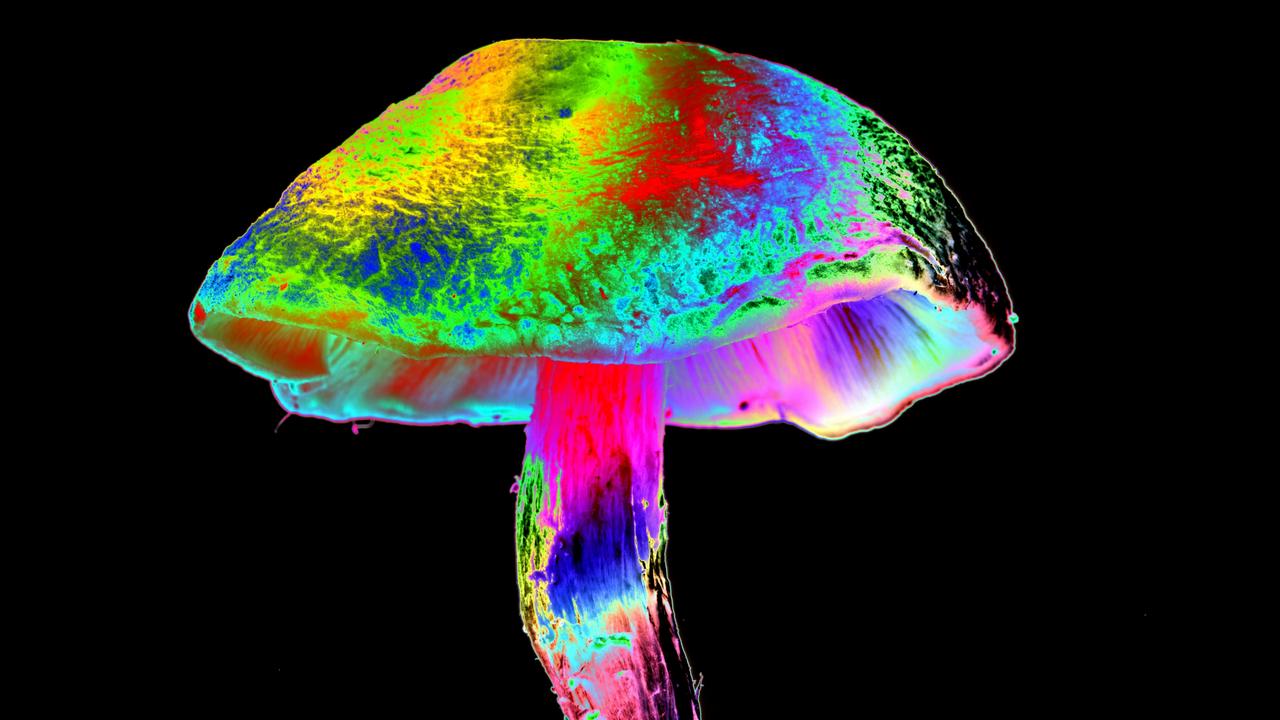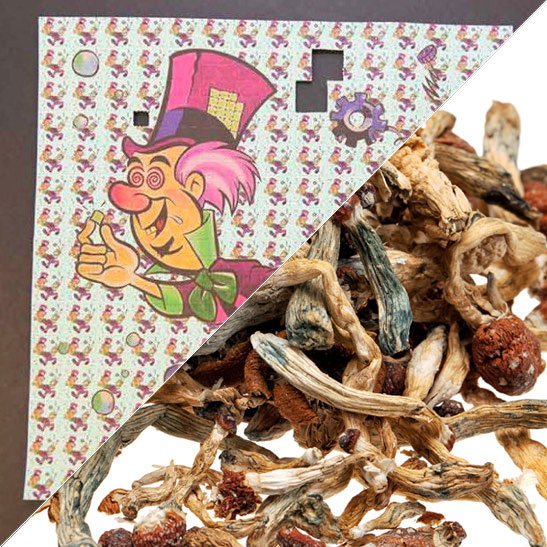Everything About Psychotomimetic Substances: Their Duty in Psychological Research Study
Psychotomimetic substances, such as LSD and psilocybin, have amassed enhancing passion in psychological research study for their capability to duplicate psychotic signs and offer insight into different psychological health and wellness conditions. Their communications within the brain, particularly via serotonin and dopamine pathways, recommend a facility connection between awareness and neurobiology that may open novel therapeutic opportunities. As scientists proceed to explore their prospective applications, moral considerations surrounding their usage in medical setups end up being extremely important, increasing critical inquiries regarding safety and security and notified permission that call for further expedition.
Definition of Psychotomimetic Compounds
In the world of emotional research study, psychotomimetic compounds are substances that can induce impacts resembling those of psychosis, such as hallucinations, misconceptions, and modified perceptions of reality - About Golden Psycho. These compounds can be categorized right into different groups, including hallucinogens, dissociatives, and particular stimulants, each producing distinctive mental impacts
The pharmacological activity of psychotomimetic compounds frequently includes inflection of neurotransmitter systems, particularly those related to serotonin, dopamine, and glutamate. Substances like lysergic acid diethylamide (LSD) primarily act on serotonin receptors, leading to extensive modifications in sensory perception and cognition.
The utility of psychotomimetics in study lies in their capability to simulate psychotic symptoms, supplying a model for comprehending the hidden systems of psychotic disorders such as schizophrenia. By studying the impacts of these compounds, scientists can gain understandings into the neurobiological and mental processes that add to psychosis.
Moreover, psychotomimetic compounds have actually been checked out for their restorative capacity in treating various psychological health and wellness conditions, including depression and anxiousness, highlighting their dual function in both research and possible medical applications.
Historical Development and Context
The expedition of psychotomimetic compounds has a rich historic context that dates back to old civilizations, where materials such as psilocybin mushrooms and peyote were utilized in spiritual and healing techniques. These early usages commonly linked with spiritual rituals, suggesting an extensive respect for the modified states of awareness caused by these substances.
The mid-20th century noted a significant juncture in the study of psychotomimetic compounds, particularly with the synthesis of LSD by Albert Hofmann in 1938. The subsequent popularization of LSD in the 1960s catalyzed a wave of rate of interest in both its psychological results and potential healing applications. Researchers began to examine how these materials could resemble psychotic states, providing understandings right into mental disorder.
Nonetheless, the boosting organization of psychotomimetics with counterculture activities led to regulative reaction, culminating in the criminalization of most of these compounds. In spite of these obstacles, the revival of passion in the therapeutic possibility of psychedelics in the 21st century has actually triggered restored study. This historical trajectory underscores the developing understanding of psychotomimetic substances, transforming from sacred substances to subjects of scientific inquiry and, potentially, restorative guarantee.
Mechanisms of Activity
Understanding the devices of action of psychotomimetic compounds exposes the intricate ways these substances communicate with the brain's neurochemistry. These compounds largely apply their results via modulation of natural chemical systems, specifically serotonin, dopamine, and glutamate.
Along with serotonin, dopaminergic pathways are substantially influenced by compounds like mescaline and specific cannabinoids, which can result in modified states of consciousness and modifications in state of mind and motivation. Furthermore, the NMDA receptor animosity observed with substances like ketamine highlights one more pathway via which psychotomimetics might generate dissociative states and profound alterations in thought processes.
The neurochemical waterfalls started by these communications result in complicated and complex emotional impacts. Comprehending these mechanisms is crucial for both the development of mental study and the healing potential of psychotomimetic compounds, as they supply understandings into the underlying neural correlates of transformed states of consciousness.
Current Research and Applications
Recent investigations right into psychotomimetic compounds have disclosed a resurgence of passion in their therapeutic applications, specifically in the fields of psychiatry and psychology. Researchers have started exploring substances such as psilocybin, LSD, and ayahuasca for browse around these guys their prospective to relieve signs and symptoms connected with different psychological wellness disorders, including anxiety, anxiousness, and PTSD.
Medical trials have actually shown that, when carried out in regulated settings, these compounds can help with extensive psychological experiences, promoting emotional innovations and enhanced healing results. Studies have actually shown that psilocybin-assisted treatment can lead to helpful hints significant reductions in treatment-resistant depression, with results lasting for numerous months post-treatment.
Moreover, psychotomimetic substances are being reviewed for their capacity to foster neuroplasticity, potentially permitting for more effective rewiring of maladaptive thought patterns. These findings recommend that such compounds might function as complements to standard psychotherapeutic approaches, improving the efficacy of healing treatments.
As research study progresses, the focus is moving towards recognizing the ideal does, healing setups, and individual qualities that can take full advantage of the benefits of these compounds. This burgeoning area holds pledge for revolutionizing psychological wellness therapy paradigms and resolving the restrictions of traditional psychological medications.
Moral Factors To Consider in Research Study

Browsing the moral landscape of research study entailing psychotomimetic substances is essential to making sure individual safety and the honesty of research study results. Researchers must prioritize enlightened approval, guaranteeing that individuals completely comprehend the potential threats and benefits connected with the materials being researched. This includes offering comprehensive information about feasible emotional results, consisting of intense and lasting effects, and allowing individuals the chance to withdraw from the study any time without penalty.
Additionally, ethical oversight by institutional evaluation boards (IRBs) is necessary. IRBs evaluate study procedures to guard individual well-being and copyright ethical requirements. This examination aids reduce threats and guarantees that research studies are conducted with clinical rigor. Additionally, the capacity for threat should be carefully analyzed, particularly when vulnerable populaces are involved.
Discretion is an additional paramount consideration. Researchers must implement robust actions to shield participants' identifications and information, especially given the delicate nature of experiences connected with psychotomimetic compounds (About Golden Psycho). Inevitably, a dedication to honest techniques not just cultivates trust fund in between scientists and participants but also boosts the integrity and click for info credibility of the research study outcomes, contributing to the advancement of psychological expertise

Final Thought
To conclude, psychotomimetic compounds, specifically timeless psychedelics such as LSD and psilocybin, deal substantial understandings into psychological problems via their unique devices of activity. Their restorative capacity in resolving problems like stress and anxiety and PTSD highlights the value of continued study in this area. Nevertheless, making certain honest criteria in research practices is crucial for participant security and notified authorization, enabling an accountable expedition of these substances' benefits and ramifications within psychological science.